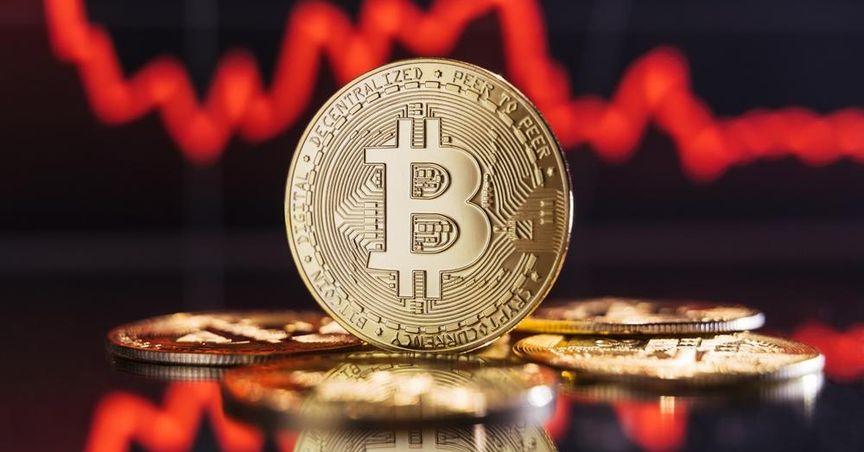As Bitcoin's price dips below $60,000, the total value of Bitcoin within long-term holder wallets has surpassed $10 billion. CryptoQuant contributor Amr Taha on August 27, this milestone reflects a significant trend among long-term Bitcoin holders, who have collectively spent a notable sum on acquiring the cryptocurrency.
The realized capitalization metric, which gauges the total value of {Bitcoin} (BTC) based on the price at which each unit was last transacted, has for the first time exceeded $10 billion. This measure offers insights into market dynamics by comparing it with the market capitalization to gauge overall market sentiment.
Long-term holders are defined as individuals who have possessed Bitcoin for over 155 days. Taha highlights that, once Bitcoin is held beyond this period, the probability of liquidation decreases. This trend suggests that these holders are less inclined to part with their assets during short-term market fluctuations.
Recent data indicates a substantial decrease in pressure from long-term holders. Since Bitcoin's price began its 29-day period below $69,000 on July 30, activity from long-term holders has diminished by a factor of 3.7, according to another CryptoQuant contributor, Axel Adler.
Currently trading at approximately $59,404, Bitcoin has experienced a decline of 5.47% over the past 24 hours and a minor decrease of 0.11% over the week. This price is approximately 8% lower than the average price at which long-term holders acquired their Bitcoin, which is reported to be around $64,490 based on Chainexposed data.
Market suggest that Bitcoin may experience further declines, potentially leading long-term holders to maintain their positions until more favorable conditions arise. Traders often observe key support levels and speculate on market movements, with some indicating that significant retracements might occur before any upward movements.
A June report by Glassnode also noted that about 75% of all circulating Bitcoin has not been transacted for six months or longer, reinforcing the trend of long-term asset retention in the current market environment.



